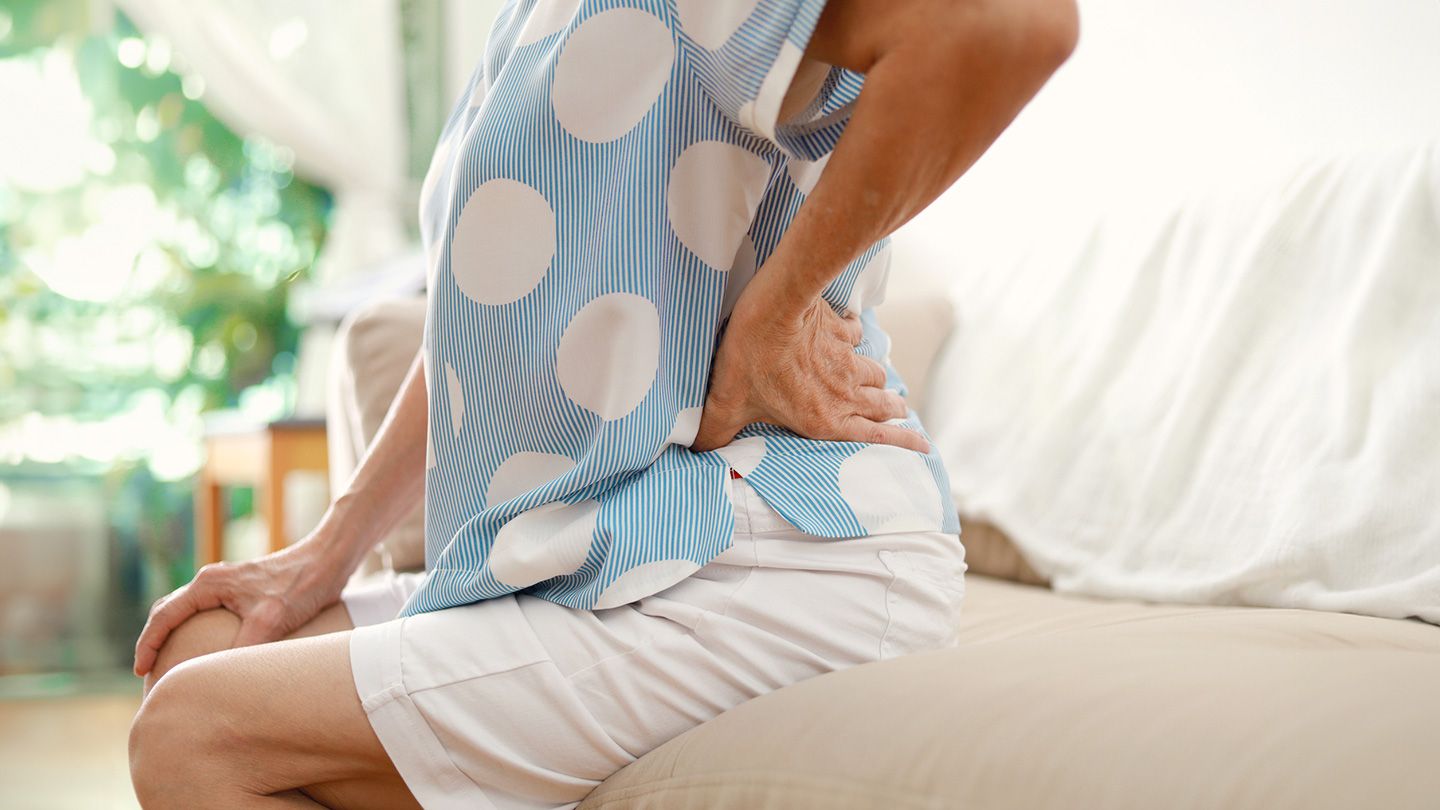Causes of Hip Discomfort When Sitting
Its common to experience hip or groin pain when sitting for extended periods. Typically, this discomfort arises from tight hip flexor muscles or issues with the cartilage or bony structures within the hip joint.
Tight Hip Flexor Muscles
The hip flexor muscles allow you to lift your knees upward and bend at the waist. Sitting for long periods shortens these muscles, resulting in tightness and soreness when you go to stand up or stretch.
Hip Labral Tears
The labrum cartilage provides cushioning in the hip joint. Twisting or impact injuries can cause tears, leading to hip and groin discomfort when sitting.
Hip Bursitis
Inflammation of the bursae fluid sacs around the hips causes swelling and pain. Prolonged sitting pressure can aggravate hip bursitis.
Relieving Hip Discomfort When Seated
Stretching Exercises
Simple hip flexor stretches can help reduce tightness and discomfort:
- Kneeling lunge hip flexor stretch
- Butterfly stretch
- Seated twist stretch
Massaging Tight Muscles
Use a massage ball up against a wall to apply pressure to sore hip flexors and loosen muscle tension.
Adjusting Your Seat
Ensure your seat provides lower back support. Raise computer screens to eye level to keep from hunching over.
When to Seek Medical Care
Persistent Soreness and Swelling
See your doctor if hip pain fails to improve with regular stretching. Persistent discomfort may indicate an underlying injury or condition.
Pain Impacting Daily Life
Difficulty walking, standing from a seated position, or performing daily activities warrants medical evaluation. Imaging tests can check for issues like impingement or arthritis.
Suggested Treatments
Depending on exam findings, your doctor may prescribe:
- Physical therapy
- Prescription anti-inflammatories
- Cortisone injections
- Surgery for labral tears or bone spur removal
Preventing Hip and Groin Discomfort
Muscle Strengthening Exercises
Build strength in the glutes, hip flexors, and core muscles to take pressure off the hip joint and surrounding structures.
Massage
Regular massages can help ease muscle tightness before it progresses to painful spasms.
Proper Sitting Posture
Practice good posture by sitting tall with shoulders back. Avoid crossing your legs, which unevenly rotates the hips.
Standing and Moving
Take regular breaks from sitting every 30 minutes. Walk, stretch, or change positions to reduce stiffness.
Living with Hip Discomfort
Learning what aggravates hip discomfort allows you to alter positions, stretch, or take breaks before the pain intensifies. While ongoing soreness should be evaluated by a doctor, mild symptoms generally respond well to conservative self-care measures.
FAQs
Why do my hips hurt when I sit too long?
Prolonged sitting shortens the hip flexor muscles, resulting in pain and stiffness. Sitting with poor posture also strains muscles and tendons around the hips.
How can I stretch my hips while sitting?
Try a seated twist stretch by grasping the back of your chair and gently twisting your torso and hips to the side. Hold for 30 seconds on each side.
What causes hip pain when standing up from sitting?
Tight hip flexor muscles can spasm painfully when transitioning from sitting to standing. Weak glutes and core muscles can also contribute to discomfort getting up.
When should I see a doctor for hip pain when sitting?
See your doctor if hip discomfort persists despite stretching, pain impacts your daily activities, or you experience swelling around the joint. This may indicate an underlying issue.
Disclaimer: This article is for informational purposes only and does not constitute medical advice. Always consult with a healthcare professional before starting any new treatment regimen.
Related Coverage
Experts evaluate popular gym machines for hip flexor pain sufferers. Learn which are recommended vs. which may exacerbate hip problems....
Find out how bunions and hip pain are linked, why altered gait can strain your hips, and practical tips for relief and prevention....
If your feet inexplicably feel like they're buzzing or vibrating, possible causes range from vitamin deficiencies and neuropathy to nerve damage or anxiety....
Actress Christina Applegate revealed an MS diagnosis in 2021. Learn about multiple sclerosis symptoms, treatment options, and Applegate's own MS journey....
Many bugs like fleas, bed bugs, carpet beetles, and spider mites resemble ticks. Learn how to tell them apart along with precautions for suspected tick look-alikes....
The easy strider is an adaptive exercise machine engineered to improve hip flexibility and strength through natural walking motion and light resistance bands....
Learn the ideal methods and techniques for cooking foolproof hard boiled eggs from start to finish, including boiling, steaming, sous vide, peeling, storage, and uses....
If you're a woman experiencing temporary but disruptive stabbing hip pain, possible causes include arthritis, tendonitis, strains, bursitis, and female-specific conditions....
Learn how certain exercises can help relieve hip pain caused by trochanteric or ischial bursitis. Get examples of stretches, hip mobilizations, and strengthening exercises....
Tight hips can lead to knee pain and other lower body issues. Learn how tight hips and knees are connected, plus stretches and exercises to relieve pain....







